narrow evergreen suggestions?
barbara43206
17 years ago
Related Stories

SIDE YARD IDEASNarrow Trees for Tight Garden Spaces
Boost interest in a side yard or another space-challenged area with the fragrance and color of these columnar trees
Full Story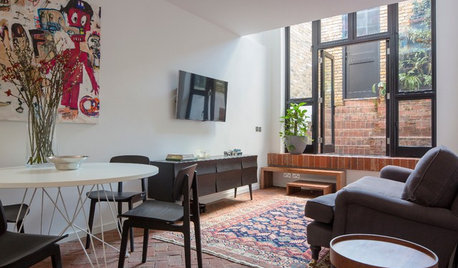
SMALL HOMESHouzz Tour: Thoughtful Design Works Its Magic in a Narrow London Home
Determination and small-space design maneuvers create a bright three-story home in London
Full Story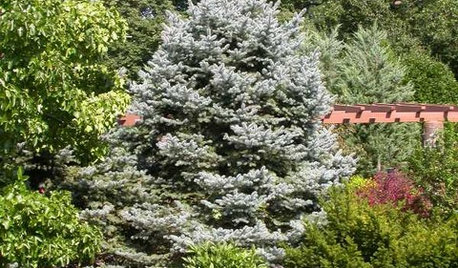
LANDSCAPE DESIGN10 Evergreens for Beautiful Foliage All Year
Give your landscape consistent color and structure with the emeralds, chartreuses and blues of evergreen trees and shrubs
Full Story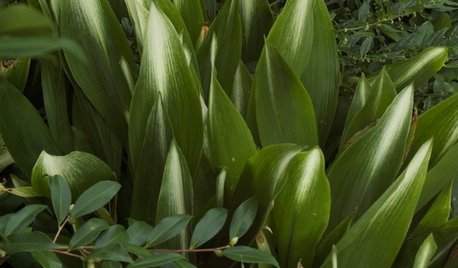
LANDSCAPE DESIGN7 Evergreen Wonders of the Plant World
Year-round interest, structure and beautiful color? These top-notch evergreens have gardens covered
Full Story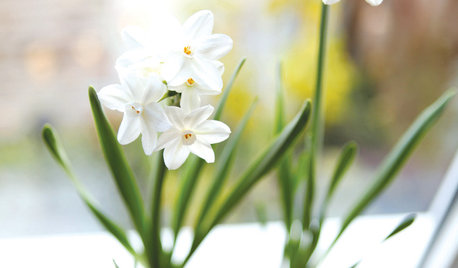
DIY PROJECTSHoliday DIY: Mason Jar Forced Bulbs and Evergreen Gift Tags
Learn how to make these winter projects from the book ‘Garden Made’ by Stephanie Rose
Full Story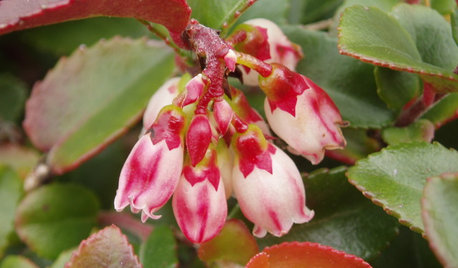
GARDENING GUIDESGreat Design Plant: Evergreen Huckleberry Appeals All Year
Spring flowers and summer berries are only half the story with Vaccinium ovatum, a versatile Pacific Northwest native plant
Full Story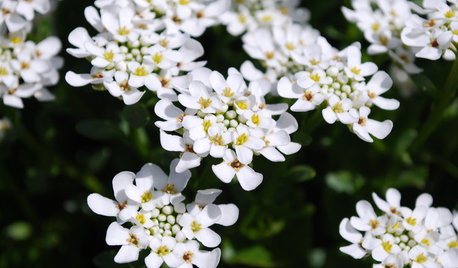
GROUND COVERSGreat Design Plant: Evergreen Candytuft for Glossy Winter Foliage
Keep your garden green through frosty days with this woody subshrub — then delight in sparkling white flowers come spring
Full Story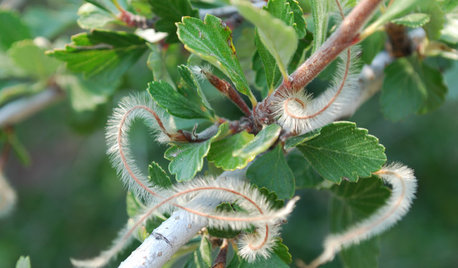
GARDENING GUIDESGreat Design Plant: Curl-Leaf Mountain Mahogany, an Easy Evergreen
Use it as an accent plant or mass it as a screen; this pine and spruce alternative is a hard worker in dry, cold climates
Full Story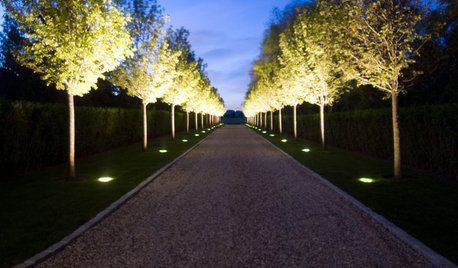
LANDSCAPE DESIGN6 Suggestions for Harmonious Hardscaping
Help a sidewalk, driveway or path flow with your garden design, for a cohesive and pleasing look
Full Story
DECORATING GUIDESDivide and Conquer: How to Furnish a Long, Narrow Room
Learn decorating and layout tricks to create intimacy, distinguish areas and work with scale in an alley of a room
Full Story





philosopher
jimshy
Related Professionals
Lake Oswego Landscape Architects & Landscape Designers · North New Hyde Park Landscape Architects & Landscape Designers · Wilmington Landscape Contractors · Burien Landscape Contractors · Cicero Landscape Contractors · Dallas Landscape Contractors · Downey Landscape Contractors · El Mirage Landscape Contractors · Hannibal Landscape Contractors · The Woodlands Landscape Contractors · West Allis Landscape Contractors · Reisterstown Landscape Contractors · Suisun City Landscape Contractors · Fontana Solar Energy Systems · Lynn Solar Energy Systemsbarbara43206Original Author
sicilianna
canadensis
zachslc
deannagv
wolfe15136
Cady
Cady
marsha_grow
lindavgn_yahoo_com
dan_hooper_verizon_net